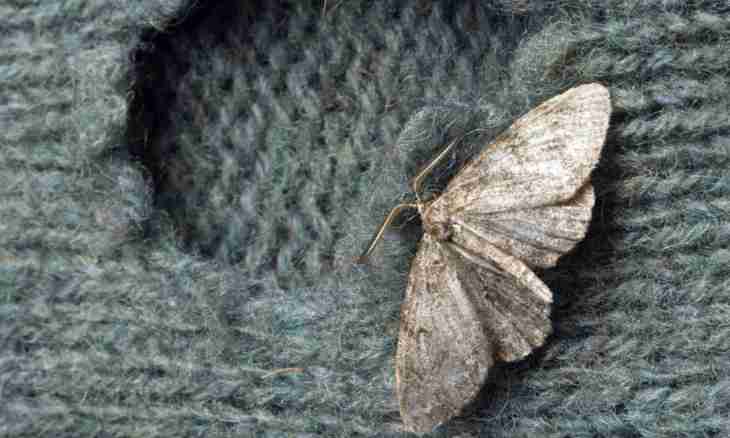The molecule has so scanty sizes that the quantity of molecules even in a tiny grain or a drop of any substance will be just grandiose. It does not give in to measurement by means of usual methods of calculation.
What is "mol" and as with his help to find quantity of molecules in substance
For definition how many molecules are in any given amount of substance, the concept "mol" is used. The mol is such amount of substance in which is 6.022*10^23 its molecules (either atoms, or ions). This enormous size carries the name "constant Avogadro", it is called in honor of the famous Italian scientist. Size is designated by NA. It is possible to define by constant Avogadro very easily how many molecules contain in any number of moles of any substance. For example, contains in 1.5 moths 1.5*NA = 9.033*10^23 molecules. When very high precision of measurement is required, it is necessary to use value of number of Avogadro with a large number of signs after a comma. Its fullest size is: 6,022 141 29(27)*10^23.
As it is possible to find molal quantity
To define how many moths contain in some amount of substance, very simply. For this purpose it is only necessary to have an exact formula of substance and Mendeleyev's table near at hand. Let's assume, you have 116 grams of ordinary table salt. Do you need to define how many moths contain in such quantity (and, respectively, how many there molecules)?
First of all remember a chemical formula of table salt. It looks as follows: NaCl. The molecule of this substance consists of two atoms (more precisely, ions): sodium and chlorine. What its molecular weight? It consists of atomic masses of elements. By means of Mendeleyev's table you know that the atomic mass of sodium is approximately equal 23, and the atomic mass of chlorine – 35. Therefore, the molecular mass of this substance is 23 + 35 = 58. Weight is measured in atomic units of mass where the lightest atom – hydrogen is taken for a standard. And knowing the molecular mass of substance, you immediately will be able to determine also its molar weight (that is the mass of one asking). The fact is that in number molecular and molar weight completely coincide, they have only different units of measure. If molecular weight is measured in atomic units, then molar – in grams. Therefore, 1 mol of table salt weighs about 58 grams. And at you, under the terms of a task, 116 grams of table salt, that is 116/58 = 2 asking. Having increased 2 by constant Avogadro, you define what is in 116 grams of chloride of sodium approximately 12.044*10^23 molecules, or approximately 1.2044*10^24.

